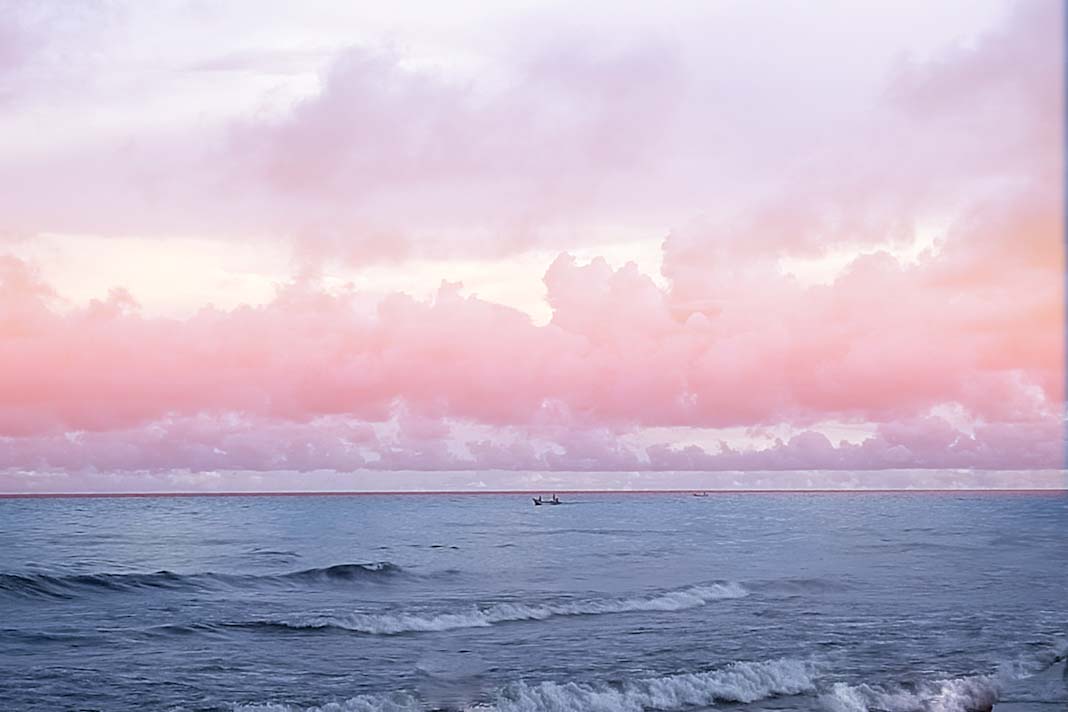- The Port of Vancouver completed its first LNG bunkering for a cruise ship. The transition from traditional marine fuels to LNG is critical in meeting decarbonization targets for the Port of Vancouver and reaching net-zero emissions by 2050.
- Vancouver’s cruise sector leads sustainability initiatives, including pioneering shore power technology, with over 80% of cruise calls in 2024 using shore power to reduce greenhouse gas emissions by over 45,000 tonnes since 2009.
- FortisBC and Seaspan Energy are key partners in growing LNG marine fueling at the Port of Vancouver, supporting innovation and contributing to the maritime industry’s decarbonization efforts.
The Port of Vancouver has reached a significant sustainability milestone as the first-ever cruise ship has been fueled with liquefied natural gas (LNG), an alternative fuel supplied by Seaspan Energy’s LNG bunker vessel, Seaspan Garibaldi, ahead of its voyage to Alaska.
LNG Bunkering at the Port of Vancouver
LNG is the first alternative fuel available in significant quantities for the international maritime sector that has been approved for local bunkering at the Port of Vancouver, enabling deep-sea vessels to refuel sustainably. Although biofuels have been available in limited quantities for several years, LNG marks the first widely accessible alternative to diesel-based fuels and paves the way for future options like ammonia.
The transition from traditional marine fuels like heavy fuel oil and marine diesel to cleaner alternatives such as LNG is crucial to meeting emissions reduction goals at the port and globally. Vancouver helps visiting cruise lines and other shippers progress toward net-zero targets by 2050, as set by the International Maritime Organization.
Seaspan Energy, the first accredited LNG supplier for ships at the port, currently operates three ship-to-ship LNG bunkering vessels along North America’s West Coast and has already completed multiple bunkering operations for container, car carrier, and bulk cargo vessels in Vancouver this year, signaling growing adoption of the cleaner fuel.
LNG Bunkering and Safety Standards at the Port of Vancouver
Seaspan Energy’s LNG bunkering accreditation at the Port of Vancouver followed a rigorous safety assessment, ensuring secure fuel movement. Vancouver’s cruise sector leads sustainability efforts, including pioneering shore power technology, which has reduced emissions by over 45,000 tonnes since 2009. In 2024, more than 80% of cruise calls used shore power, allowing ships to connect to B.C.’s low-emission grid.
Over 90% of cruise lines participated in the ECHO Program to protect at-risk whales. Five cruise lines received Blue Circle Awards for their sustainability efforts. With 301 cruise ship calls scheduled for 2025, each contributing $3 million to the local economy, Vancouver remains a key homeport for Alaska cruises.
Did you subscribe to our Daily newsletter?
It’s Free! Click here to Subscribe!
Source: Seaspan

























